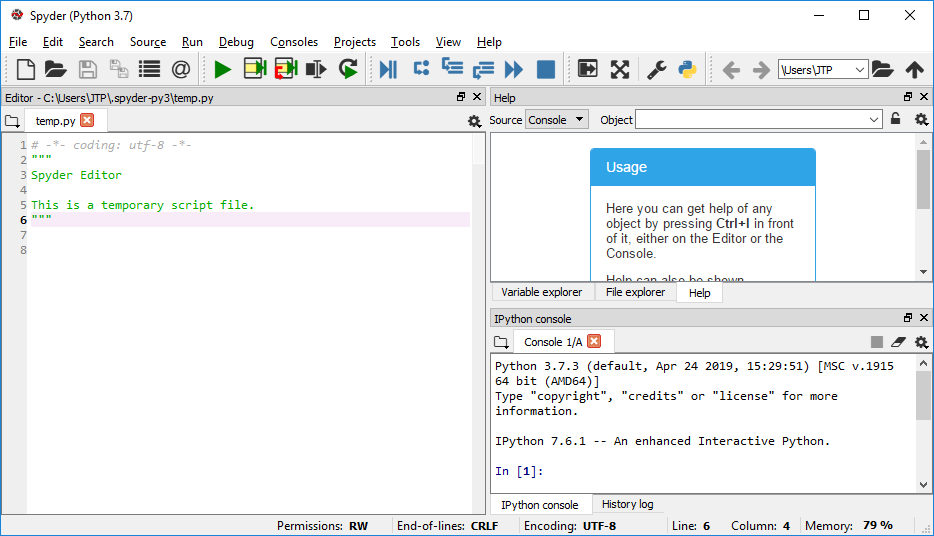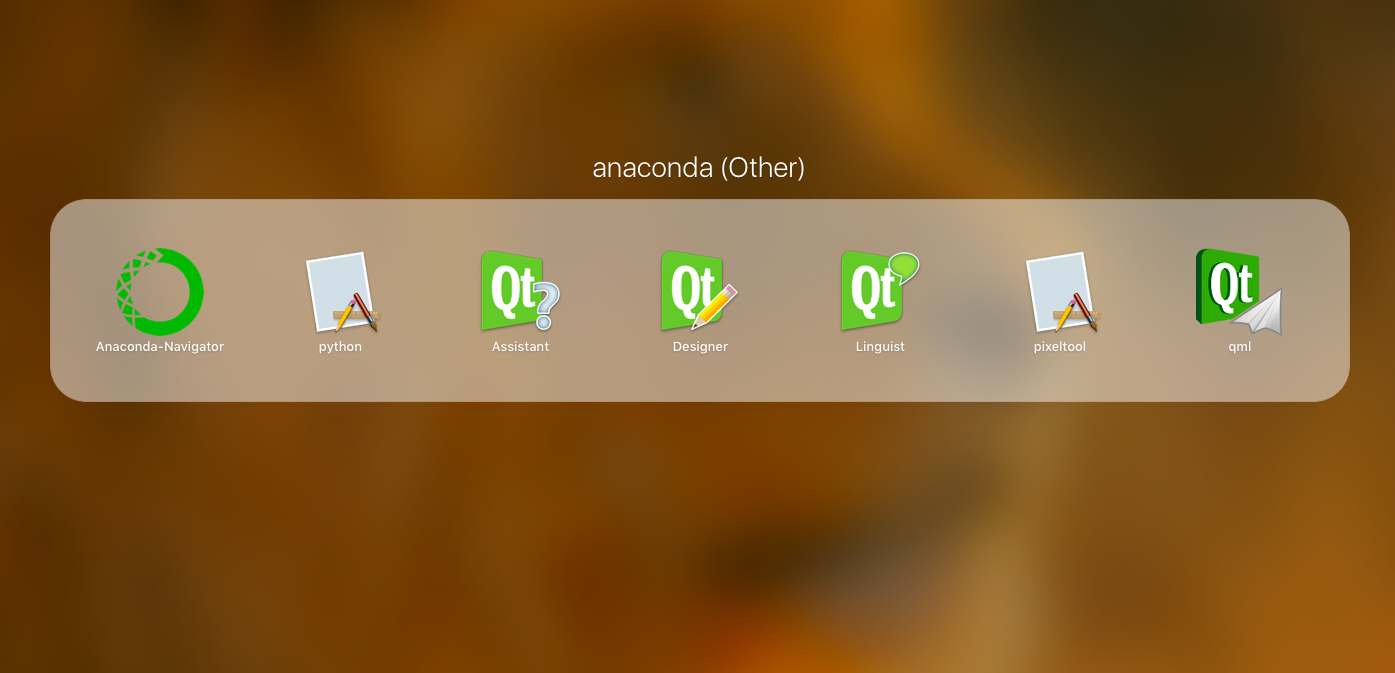

Or, you can opt to install Anaconda system wide, which does require administrator permissions. System architecture: Windows- 64-bit x86, 32-bit x86 MacOS- 64-bit x86 Linux- 64-bit x86, 64-bit Power8/Power9.Īnaconda developers recommends you to install Anaconda for the local user so you won’t need administrator permissions.
#ANACONDA PYTHON MAC M1 WINDOWS 7#
Operating system: Windows 7 or newer, 64-bit macOS 10.10+, or Linux, including Ubuntu, RedHat, CentOS 6+. Where can you run this program?Īnaconda 2019.07 has these system requirements: It even includes these applications by default: JupyterLab & Jupyter Notebook / QtConsole / Spyder / Glueviz / Orange / RStudio / Visual Studio Code. This means the GUI will complete the process of installing packages without asking for a command-line command. The built in graphical user interface or GUI allows you to launch applications while managing Conda packages, environments and channels. Extend your reach with Anaconda Navigator Basically, you won’t worry about installing anything because Conda knows everything that’s been installed in your computer. The developers will then compile and build all the packages in the Anaconda repository, providing binaries for Windows, Linux and MacOS. You can even create and share custom packages using the conda build command. As an open source package, it can be individually installed from the Anaconda repository, Anaconda Cloud or even the conda install command. This includes version limitations, dependencies, and incompatibility. It analyzes your current environment and installations.

Everything will appear to work but, you data will produce different results because you didn’t install PIP in the same order. So, for example, a program can suddenly stop working when you’re installing a different package with a different version of the NumPy library. PIP installs Python package dependencies, even if they’re in conflict with other packages you’ve already installed. What makes Conda different from other PIP package managers is how package dependencies are managed. In it you will find the Anaconda navigator (a graphical alternative to command line interface), Conda package, virtual environment manager, and GUI. Not sure if I’m missing something, but any help is appreciated.Anaconda is leading the way for innovative data science platforms for enterprises of all sizes.Īnaconda provides you with more than 1,500 packages in its distribution. Package cache : /Users/roberto/miniconda3/pkgsĮnvs directories : /Users/roberto/miniconda3/envs Populated config files : /Users/roberto/.condarcīase environment : /Users/roberto/miniconda3 (writable)Ĭonda av data dir : /Users/roberto/miniconda3/etc/conda User config file : /Users/roberto/.condarc To search for alternate channels that may provide the conda package you'reĪnd use the search bar at the top of the page.Īctive env location : /Users/roberto/miniconda3 PackagesNotFoundError: The following packages are not available from current channels: Retrying with flexible solve.Ĭollecting package metadata (repodata.json): done Solving environment: failed with initial frozen solve. I tried to do conda install mkl-service but it does not work: > conda install mkl-serviceĬollecting package metadata (current_repodata.json): done

Multiprocess sampling (4 chains in 4 jobs) Initializing NUTS using jitter+adapt_diag. idata = pm.sample(1000, return_inferencedata=True) If I then try to do some sampling, I get the same warning all over again: with pm.Model() as model: WARNING (.cmodule): install mkl with `conda install mkl-service`: No module named 'mkl' However, whenever I import pymc3, I get the following warning: import pymc3 as pm I’m following the instructions from the website and simply using conda create -c conda-forge -n pymc3_env python=3.9 pymc3. I’m using one of the new Apple laptops with an M1-chip and I’m trying to install on it PyMC3.


 0 kommentar(er)
0 kommentar(er)
